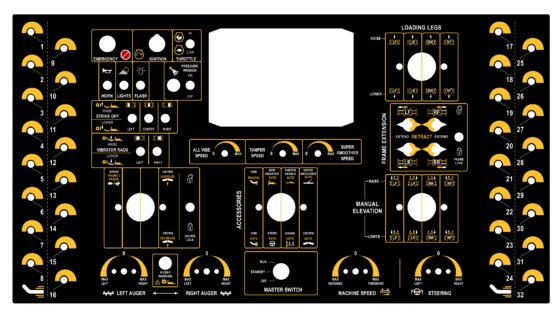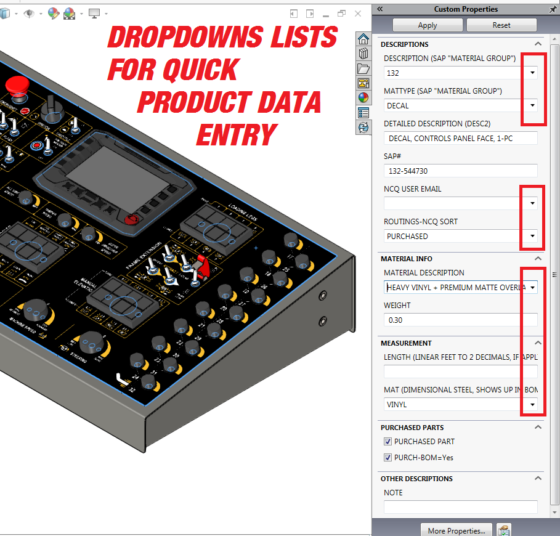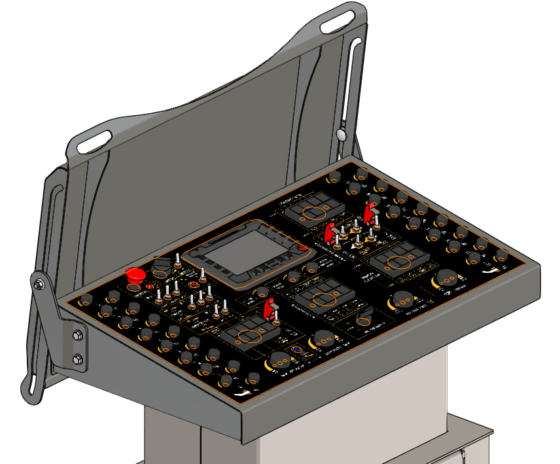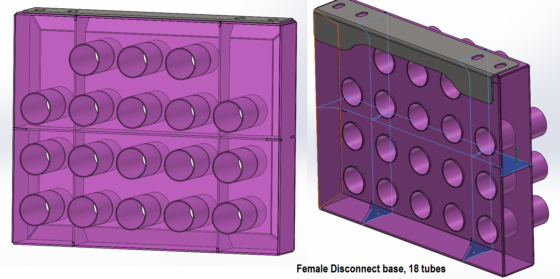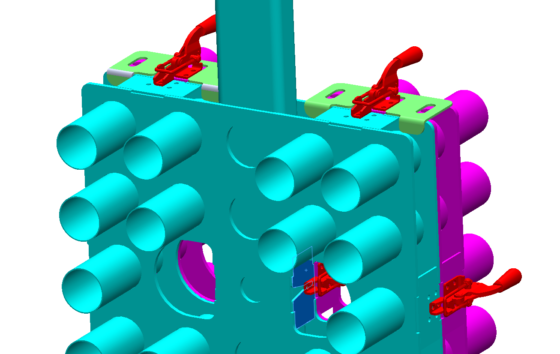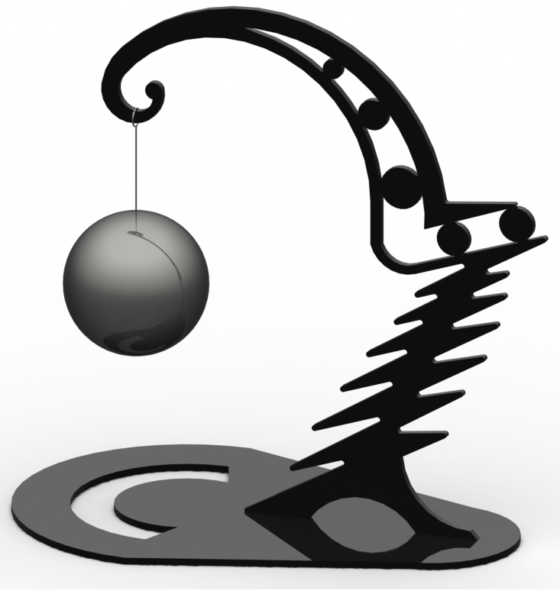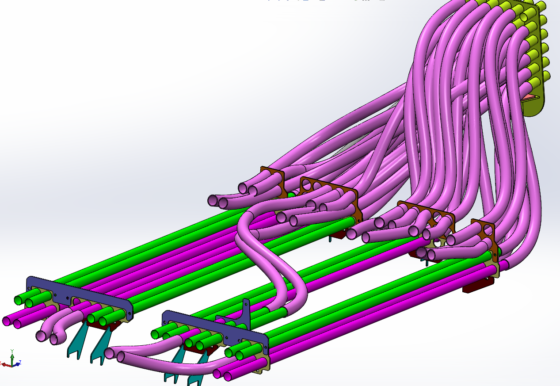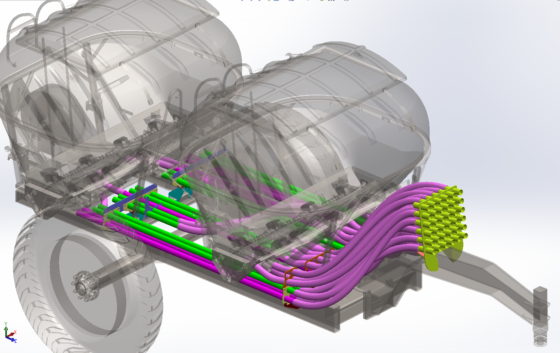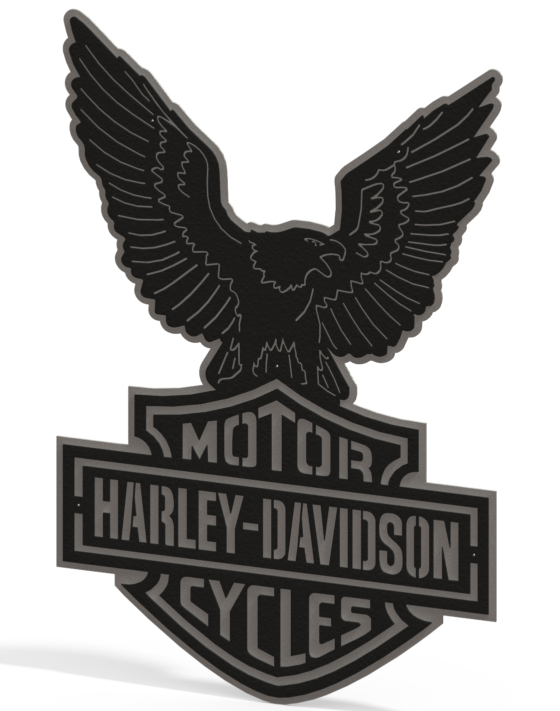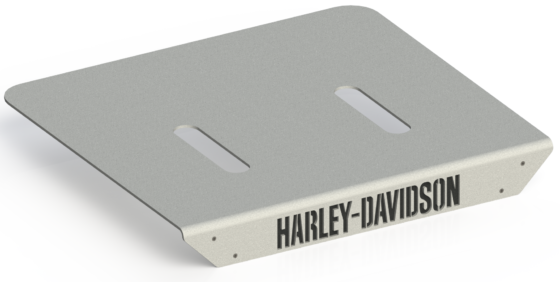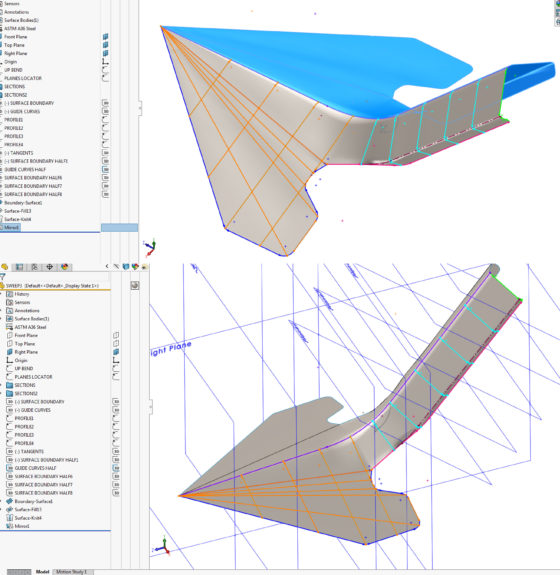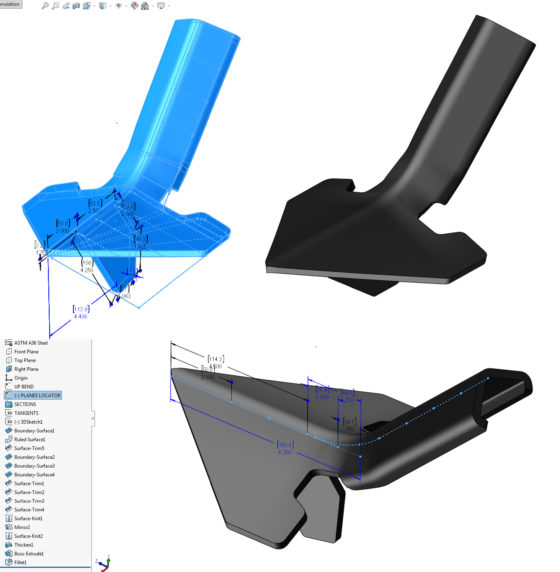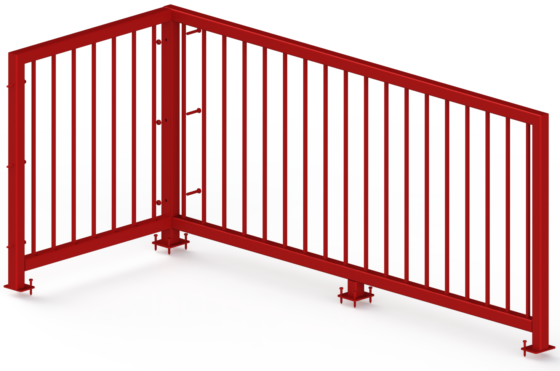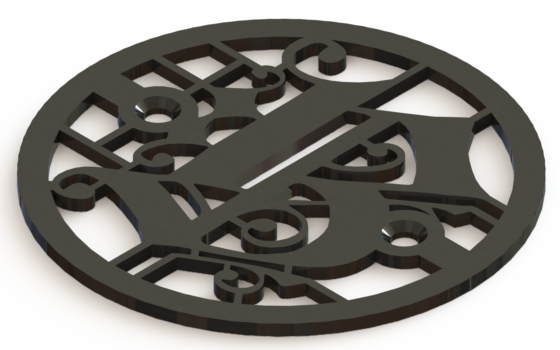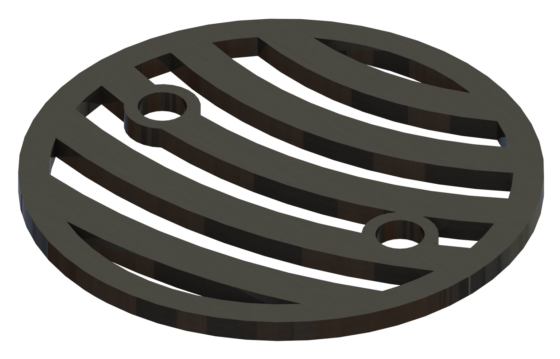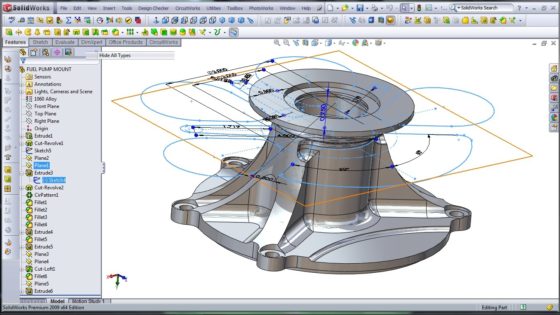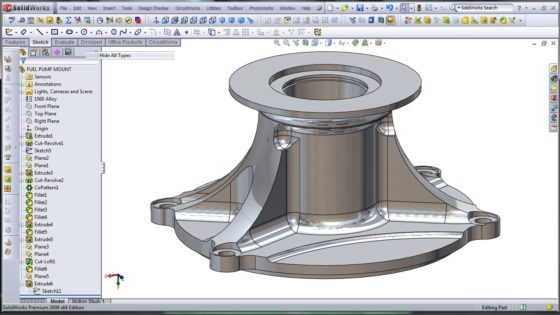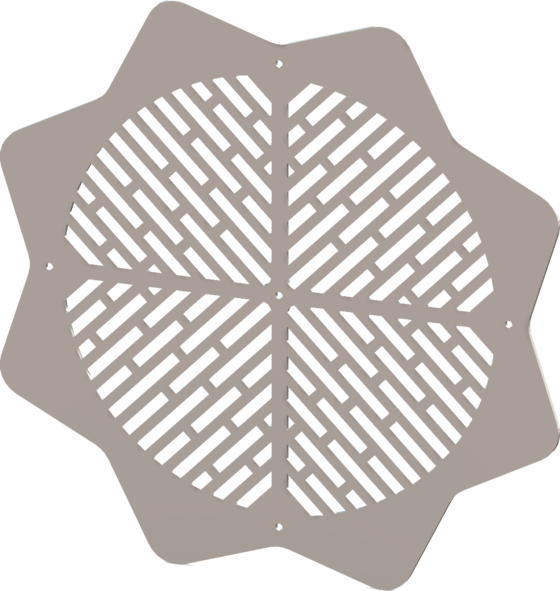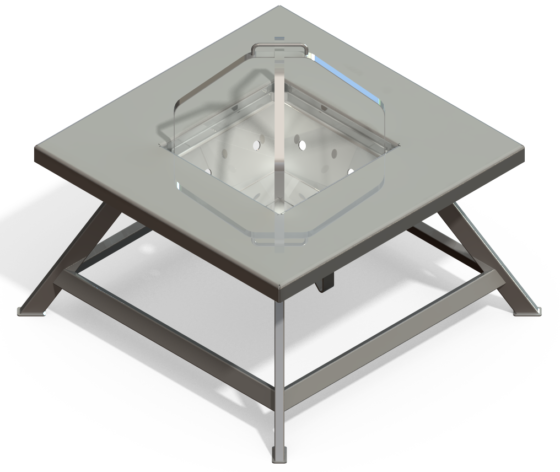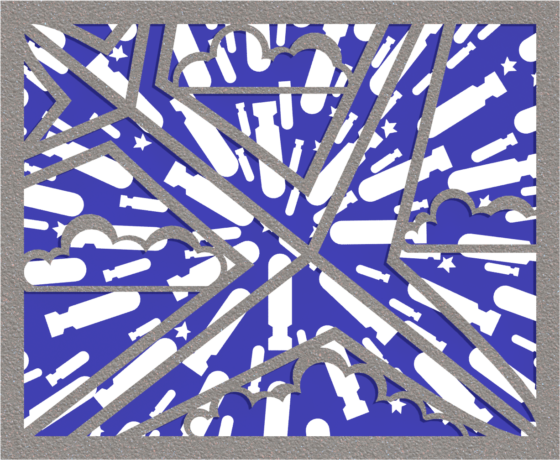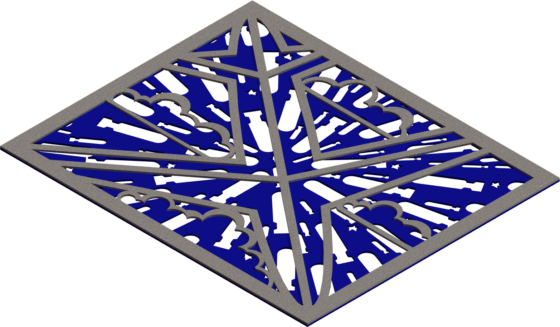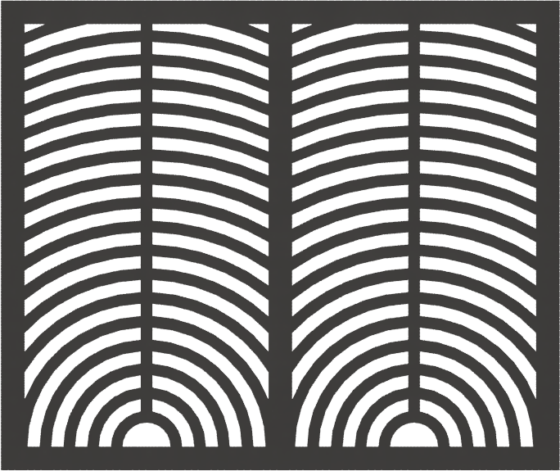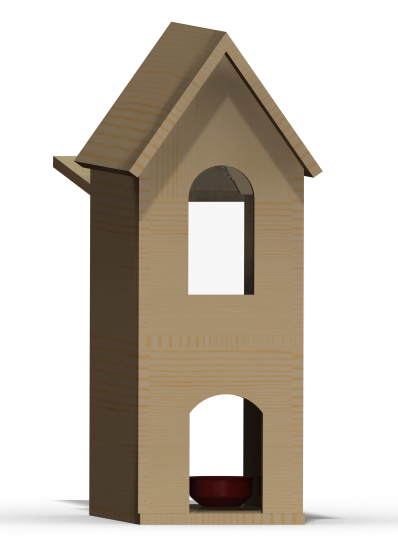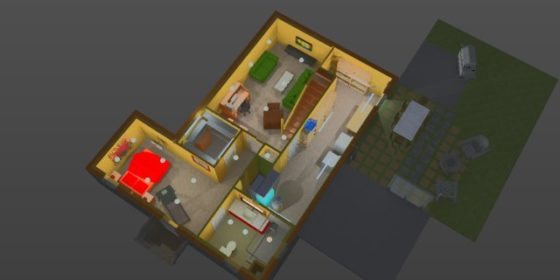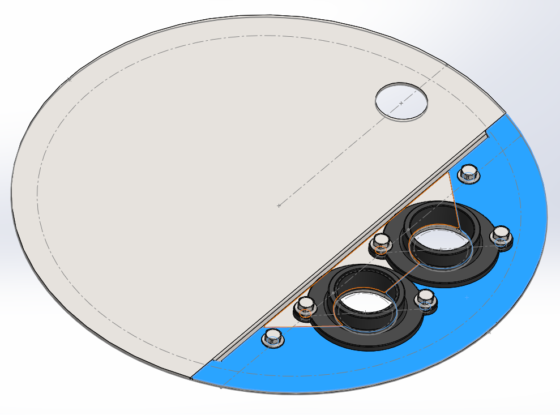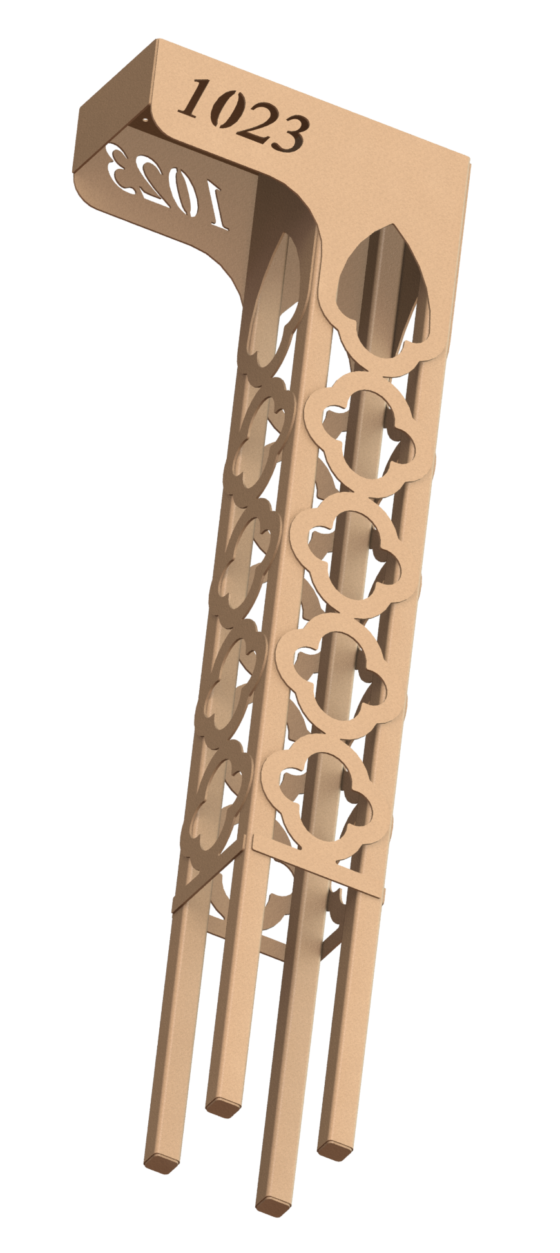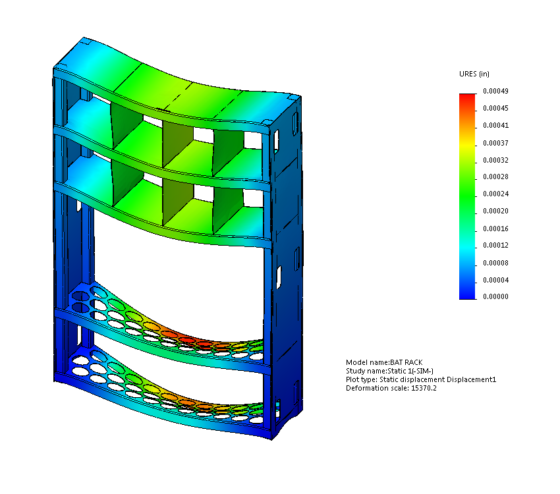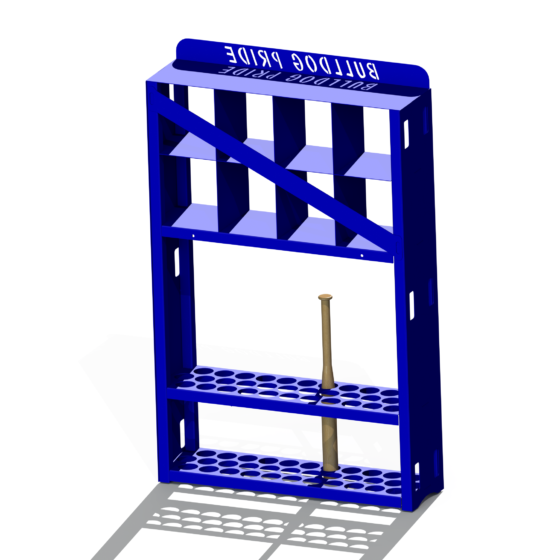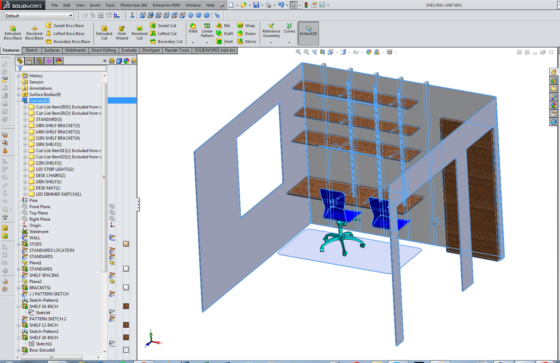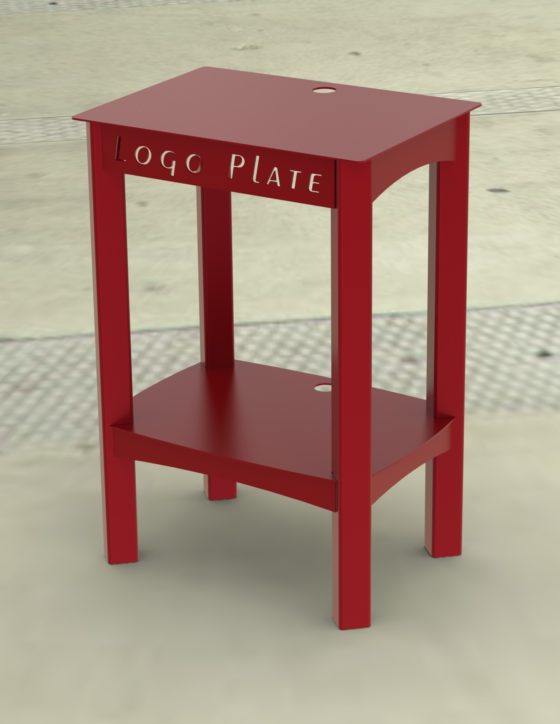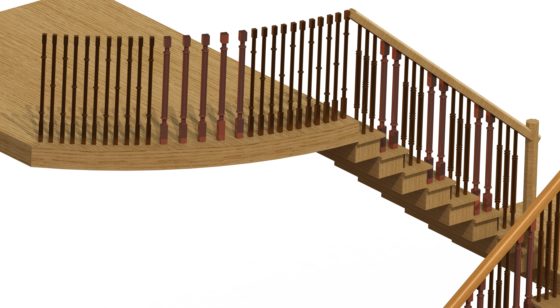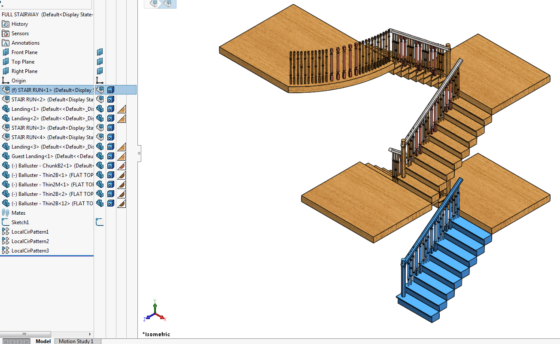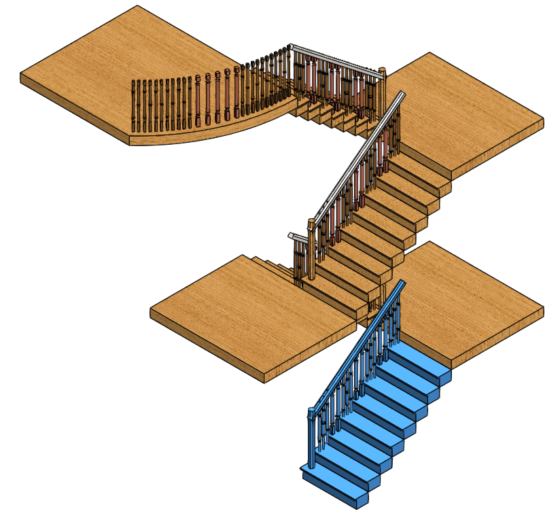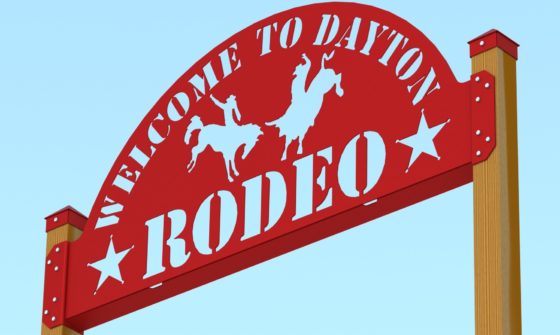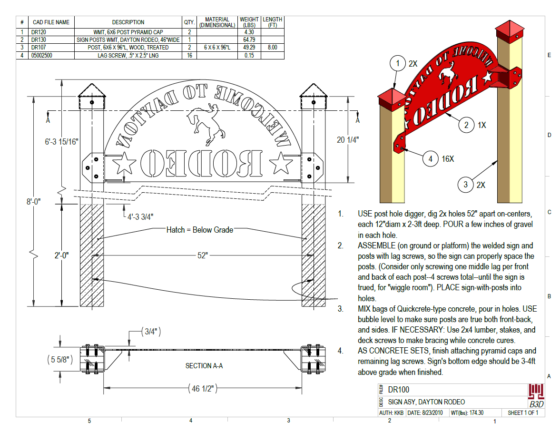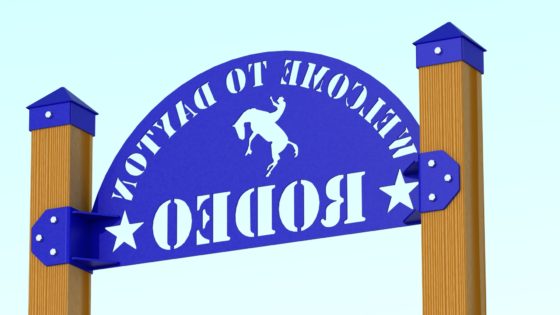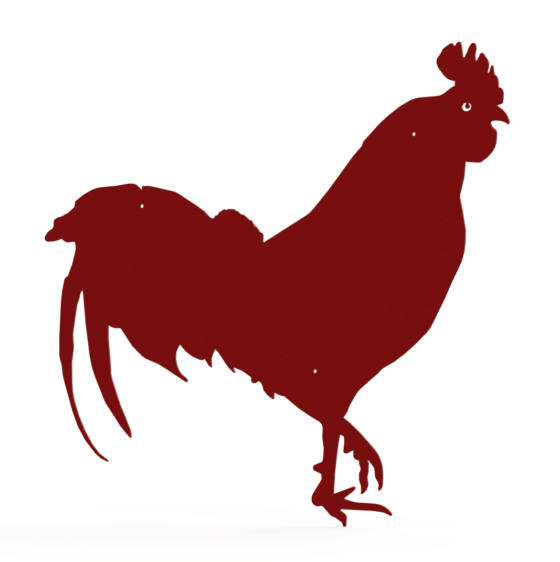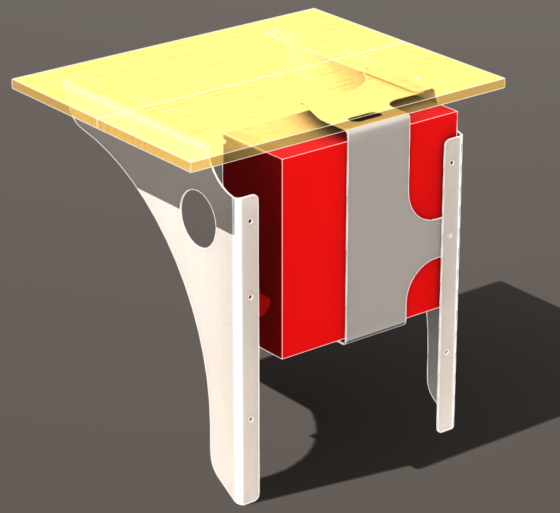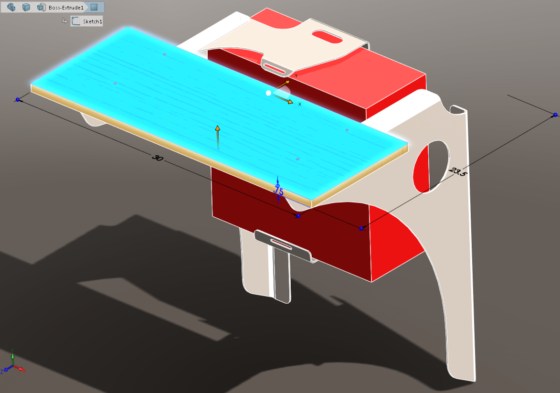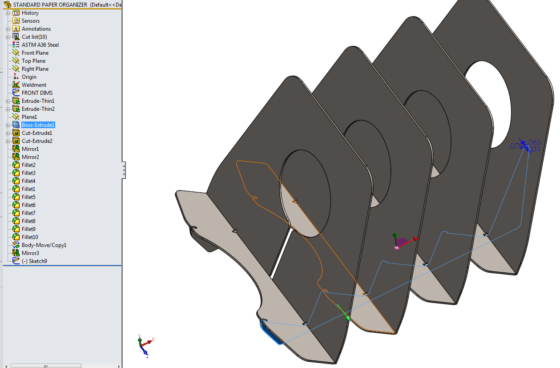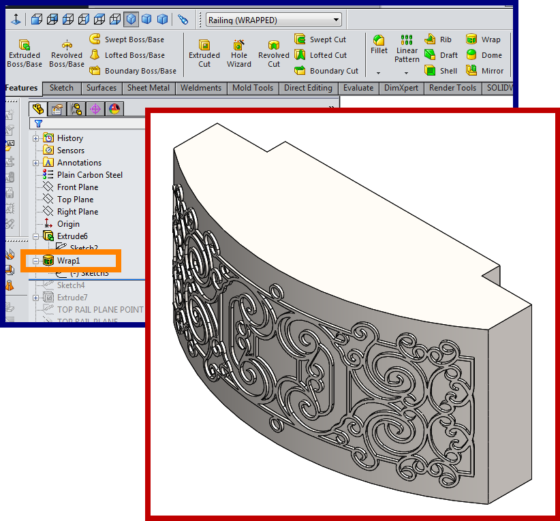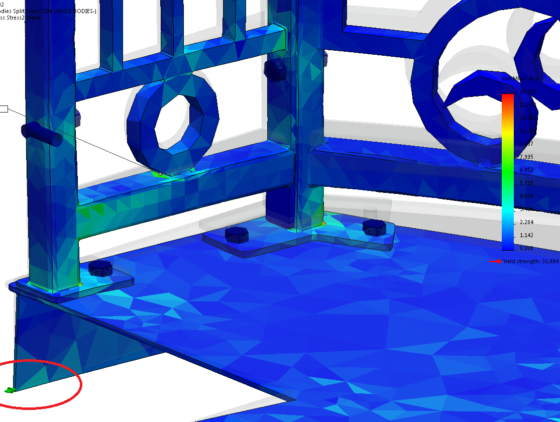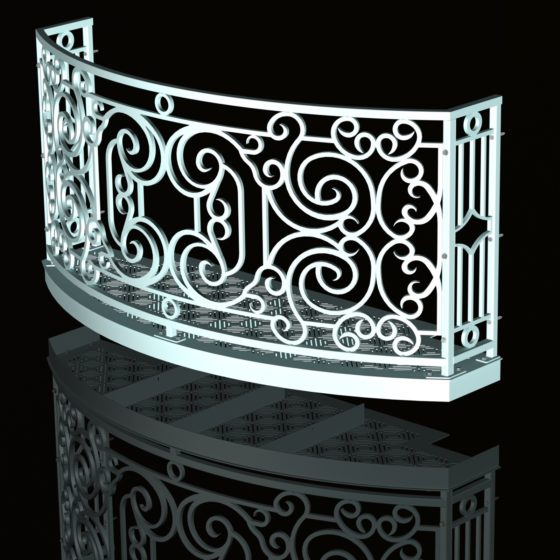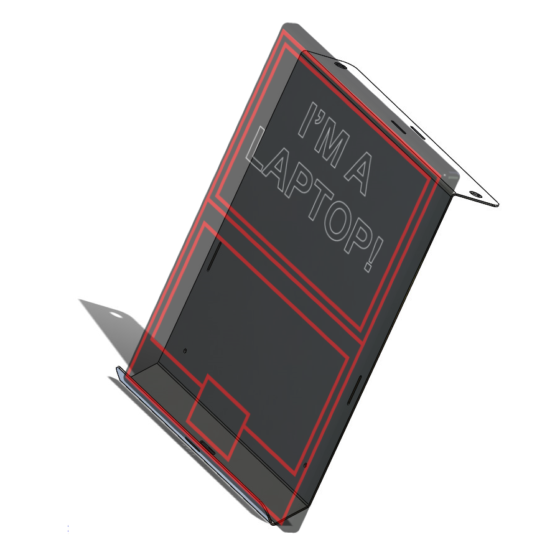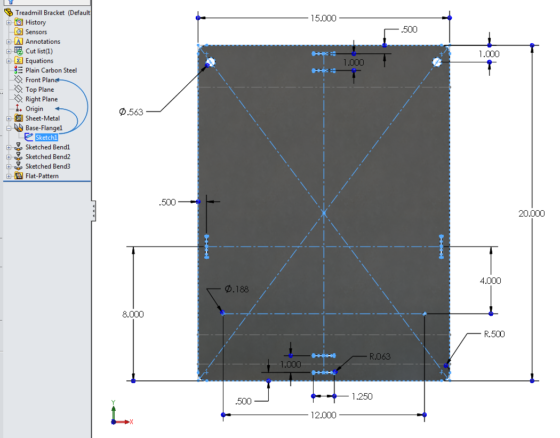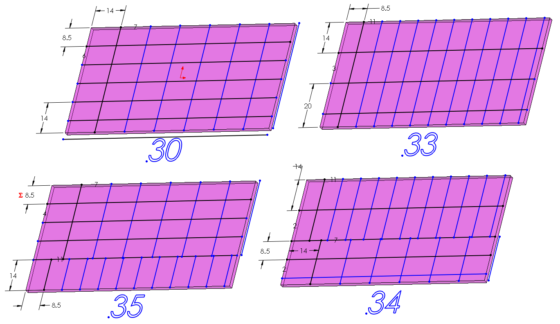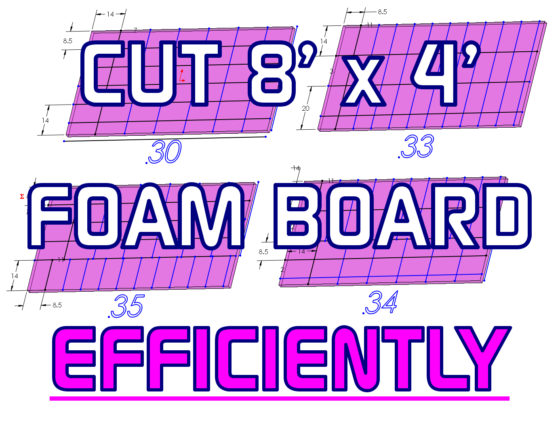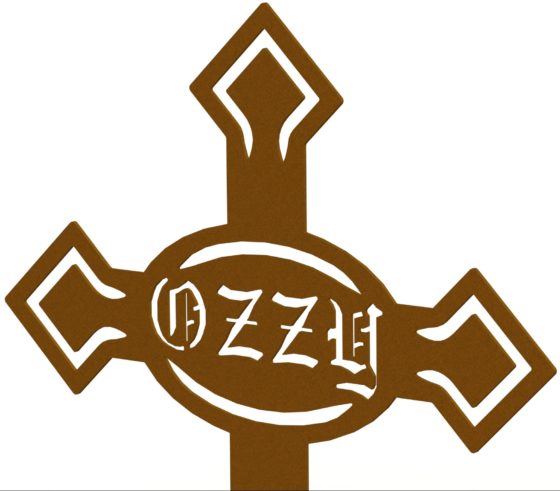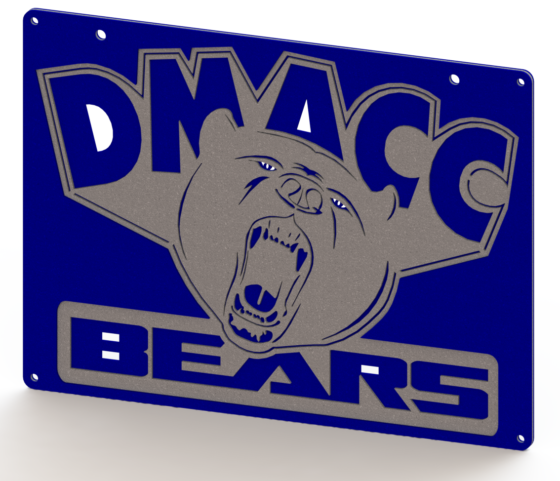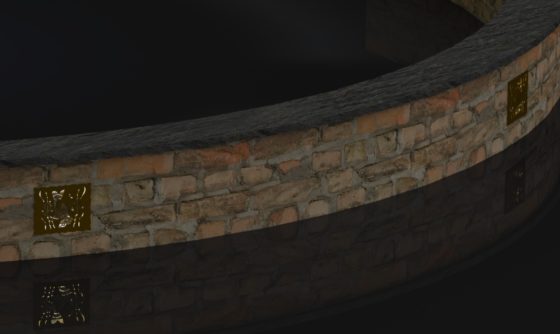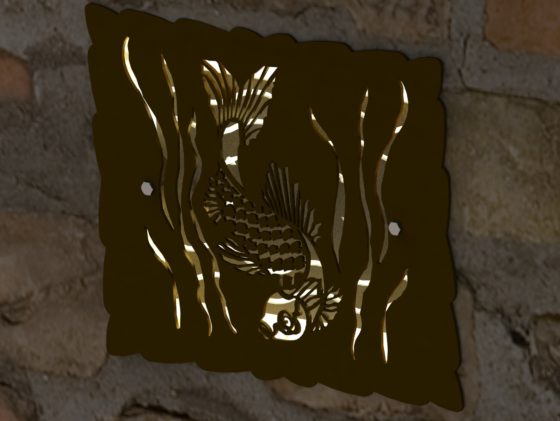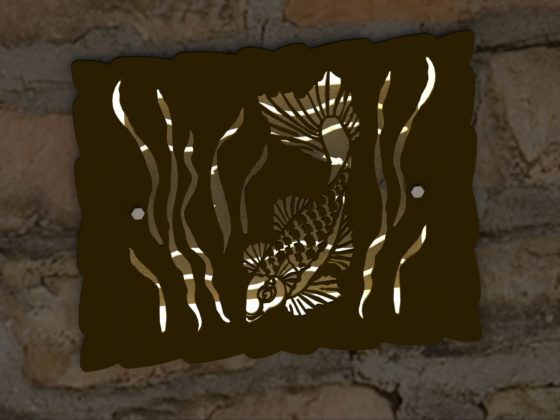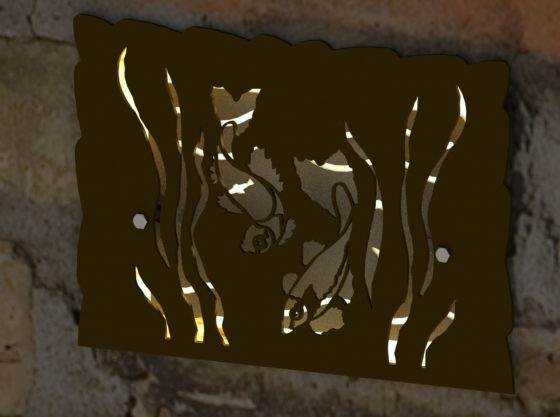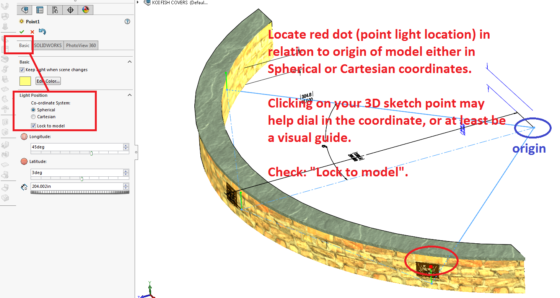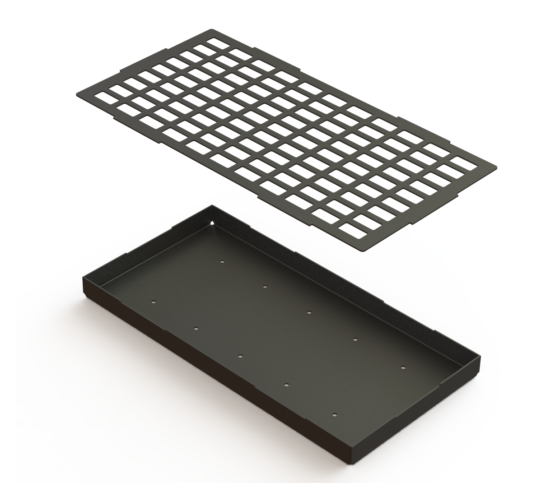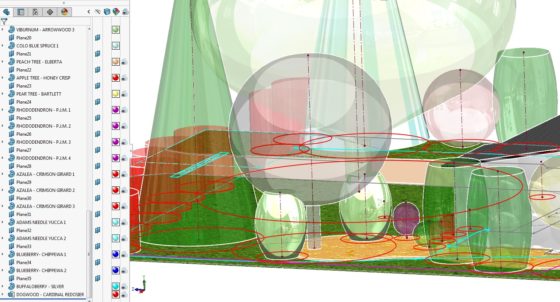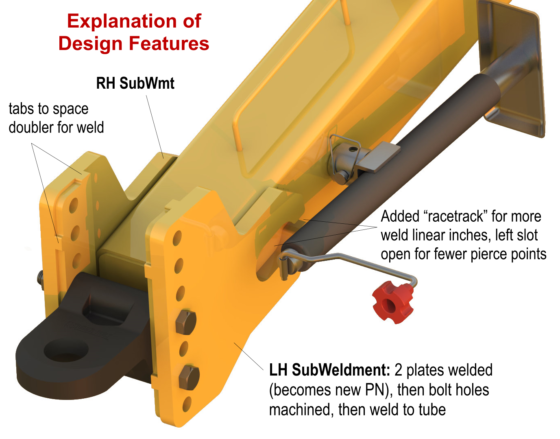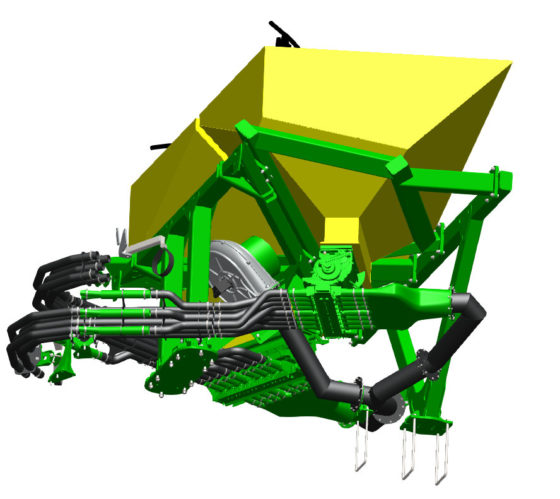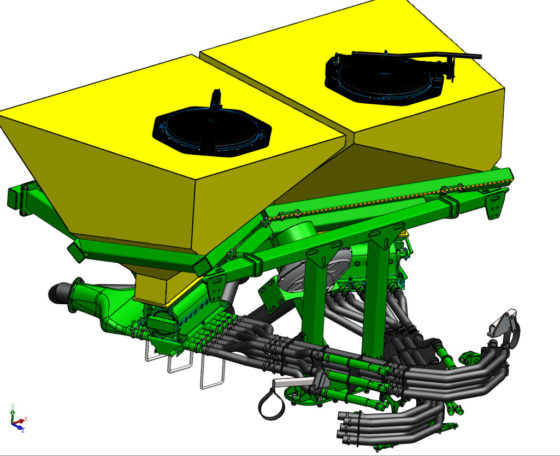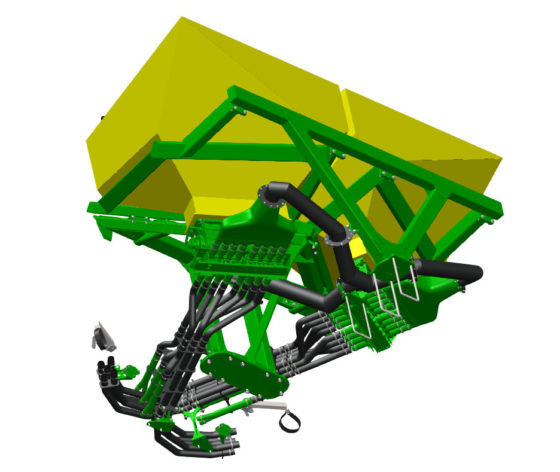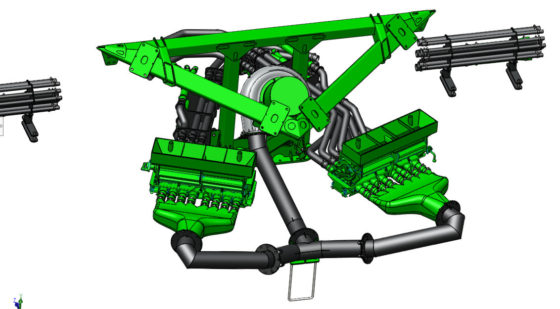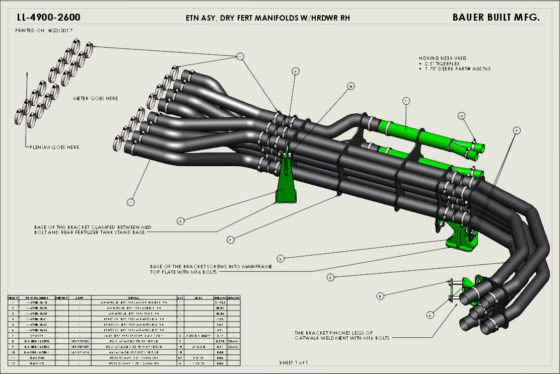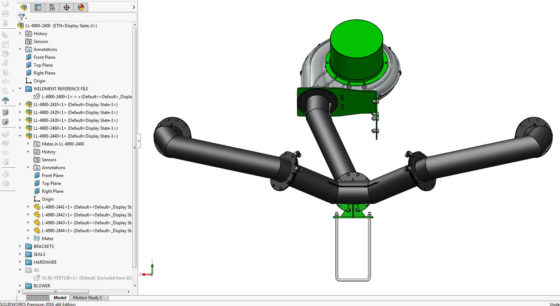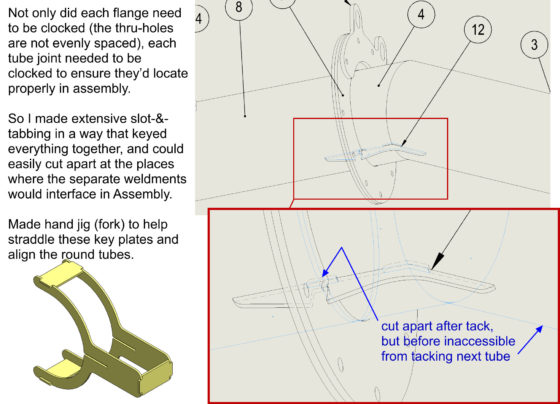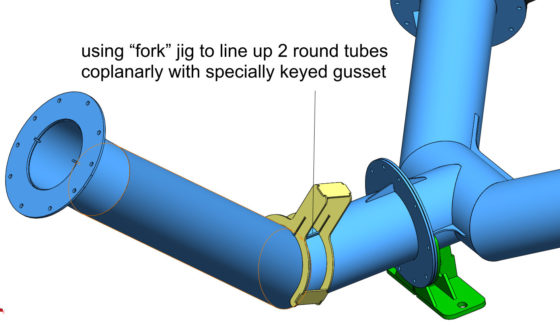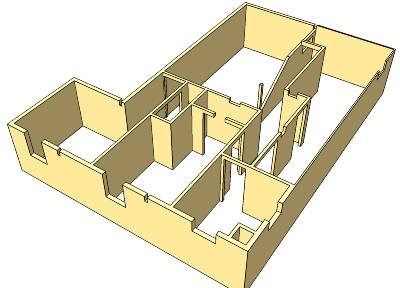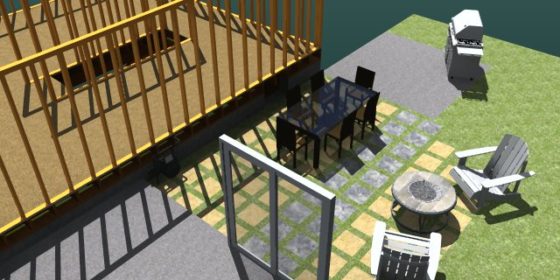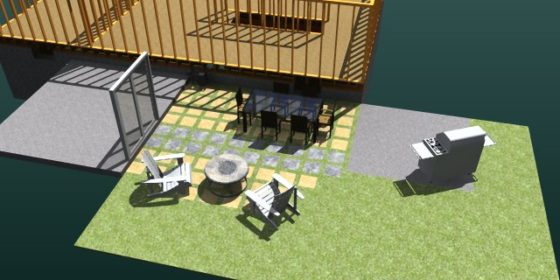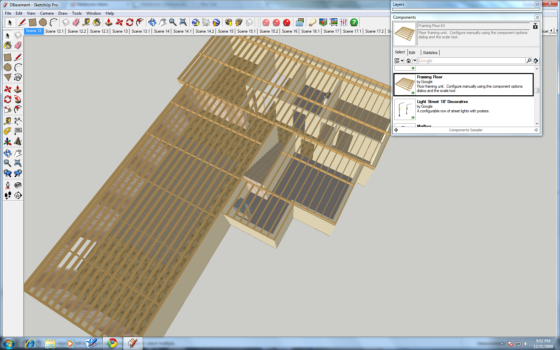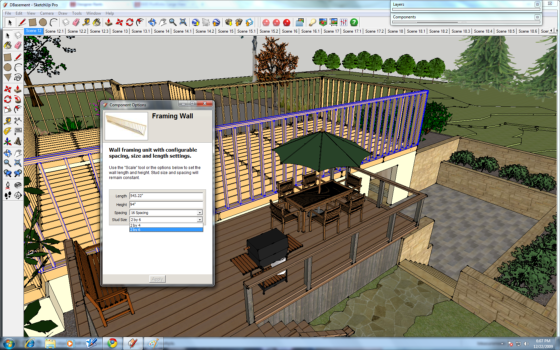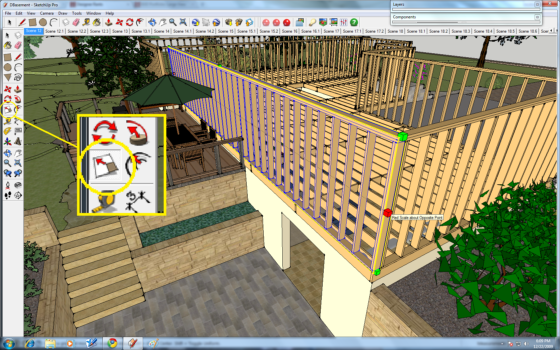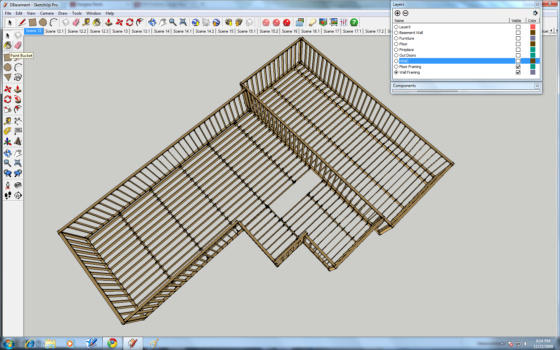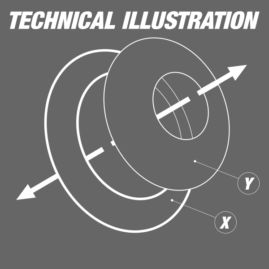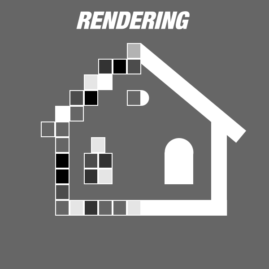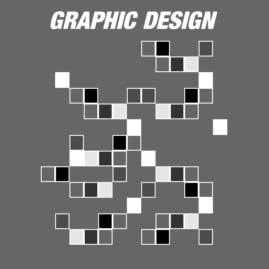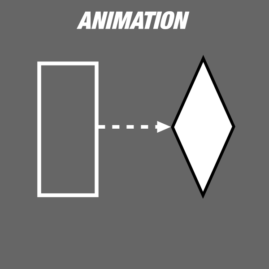Some CAD Projects
Mostly artistic/architectural projects, or R&D mechanical creations that aren’t in production.
Validating Mechanical Files
The images of mechanical files may point out DFMA features I’ve designed into them so they process well, locate unambiguously correctly for fabricators, or aide assemblers in orientation. If you see images zoomed in on an otherwise unremarkable feature or grouping of parts, it’s probably me pointing out ways that I had put a little time and effort into designing features and schemes to save more time and effort (and money) later when fewer parts must be scrapped for fit.
Packaging
Some sets of images may show a whole system I designed or modeled, grouped together in a configuration that may make most sense for an ERP Order, customer Option Code and/or for Fabrication and then Assembly to efficiently produce.
Mechanical Design Ability
Other runs of images may be demonstrating a range of design ability, in that I may have conceived of:
- the style and features of a part or weldment,
- the hardware and movement or mechanics of an assembly
Enterprise-Wide Product Data Implications
I’ve been able to grasp the enterprise-wide implications of creating and managing product data (PDM), and aspiring to the database administrator’s rule of thumb: have a Single Source of Truth (SSOT) for product data.
- In keeping with SSOT, some images show ways I devised of entering product metadata into CAD files that the push to business ERP software to populate part number profiles.
- From the single point of data entry (a CAD file), data flows to BOM tables, title blocks, production orders, purchase orders, pick slips, shipping labels, inventory lists, accounting reports, and more–all without instances for other departments to waste time re-entering product data nor opportunities for data entry errors (I believe in single-instance product data entry whenever possible!)
Designing and Modeling for Reusability of CAD Files
While modeling and detailing machine, fabrication, and assembly drawings, when appropriate, I’ve sometimes been forward-thinking enough to make files that will be reusable for technical illustration software importation, or other processing–like photorealistic rendering for marketing assets. This sort of “vertically integrated” forethought in the modelling process may seem to add more complexity, time, detail (and therefore; expense). But it actually saves time and expense, for the right projects, to model highly-reusable files.
Examples include how I’ve added hydraulic hose routings to 3D models, designed graphics for machine decals, and assigned paint colors and materials to all model parts and surfaces; then I can reuse the files:
- in technical illustrations for parts order manuals to show locations, quantities, and item numbers of the parts,
- as images on the margins of printed decal sheets, usable as application instructions to show where on the assembly to apply the decals or tags,
- as the graphics files to order decals from a printer,
- in photorealistic renderings (decals and hoses add to the realism), and reuse the renderings as assets for marketing and instructional materials, including print and digital,
- more completed models can be useful for production processes–like assembly instructionals, hardware kit BOMs, shipping fulfillment lists, and more.
- more completed and configured models can be used for sales and ordering visuals, either for internal sales staff-facing apps, or for customer-facing configurator web apps.
You can see how there may be room for doing thorough CAD modeling once, up front, as a “single source of truth” document for reuse by other departments or processors, instead of myriad departments reinventing model representations to derive various assets and documentation.
- A SSOT model is also more likely to capture changes and updates to the product assemblies and therefore be accurately envisioned in manuals and marketing materials, rather than every team working on documentation having an uncontrolled copy of a 3D model on a server subfolder that will stay outdated.
